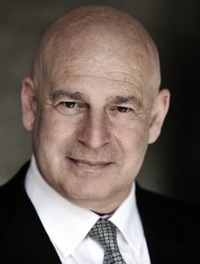Kissing the Badge Goodbye: A Look at Emblem Changes in Football – Steven Falk
May 31, 2013
Everton fans caused a twitter storm this week over the club’s new badge design with over 20,000 people signing a petition against the change.
The Merseyside outfit decided to update their historic crest to something more dynamic. The new design dispensed with the club’s Latin motto as well as a pair of wreaths. While Everton has operated with ten different iterations of the club badge since 1920, the overwhelmingly negative public response from fans to the latest change forced the club to apologise. It has now asked supporters to help them with the design of a new emblem for the 2014/15 season.
Everton are not the first club to face a furious backlash from fans over a changed club crest. Recently, Cardiff City supporters took to the streets in protest against new owner Vincent Tan’s decision to change in the colour of the badge and the placing of a red dragon prominently in place of the traditional Cardiff City bluebird.
There are many good reasons for sports clubs’ emblems to change, as in 2002 when Arsenal rebranded their famous cannon crest. They had been unable to copyright their old badge and the new logo gave them a much stronger merchandise proposition. However, traditionalists were against the move and the Arsenal Independent Supporters’ Association claimed that “the club had ignored much of Arsenal’s history and tradition with such a radical modern design, and that fans had not been properly consulted on the issue”.

I well remember the furor that erupted from Manchester United fans in 1998 when the club badge was redesigned without the “Football Club” epithet. This was despite the fact that the team had evolved a global following and that there was general agreement that the term “Manchester United” could refer only to one organisation with a single purpose.
And here lies the rub. Collectively, football fans are ultra traditionalist by nature, ready to come out onto the street in protest at virtually any change proposed by the men in suits whose motives are inevitably viewed with suspicion. While Everton may have erred in failing to consult adequately with their fans, the response to change would undoubtedly have been a resounding “no” from the fans’ forum. It always is.
To be effective, the logo or badge of any organisation must evolve to reflect the company it represents. Club directors have a duty as custodians of the brand to ensure that their visual identity accurately reflects the culture, values, beliefs and behaviours of their organisation; that is, the elements that constitute a club’s brand essence. While the decision to redesign the club badge should not be taken lightly, the potentially damaging effect of continuing with a cipher in thrall to nostalgia should not be underestimated.
This is one area where club directors must be brave, do the right thing and put their faith in the integrity of their brand rather than the “love the team hate the club mentality” of self-appointed fans’ pressure groups.
Steven Falk is founder of Star Sports Marketing a consultancy providing advice on sports sponsorship, brand and affinity marketing. He was previously Marketing Director at Manchester United. You can follow him on Twitter @steven_falk
Star Sports Marketing can help you to devise and implement an effective brand strategy. Visit www.starsportsmarketing.com or email steven.falk@starsportsmarketing.co.uk
{jcomments on}


